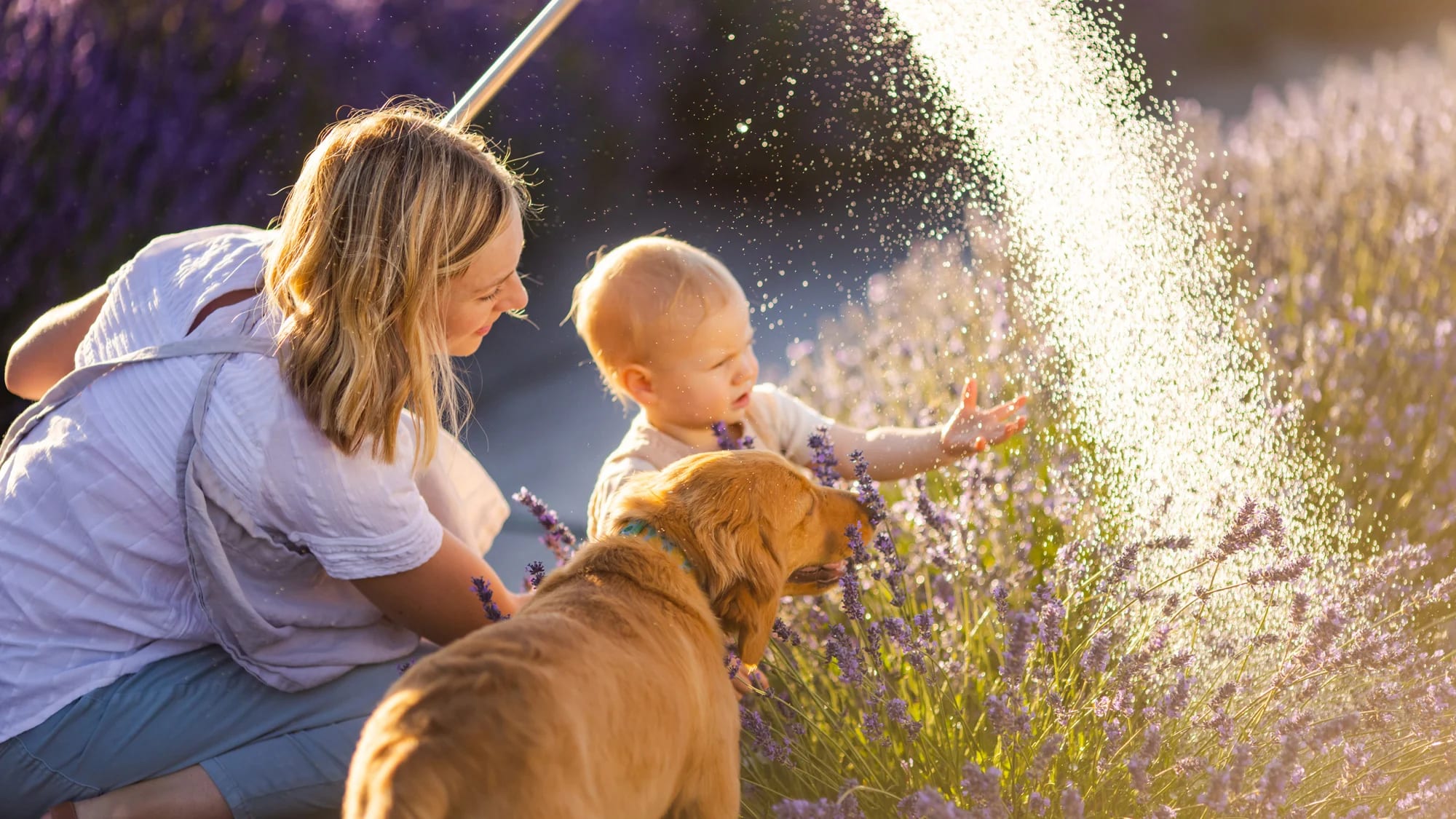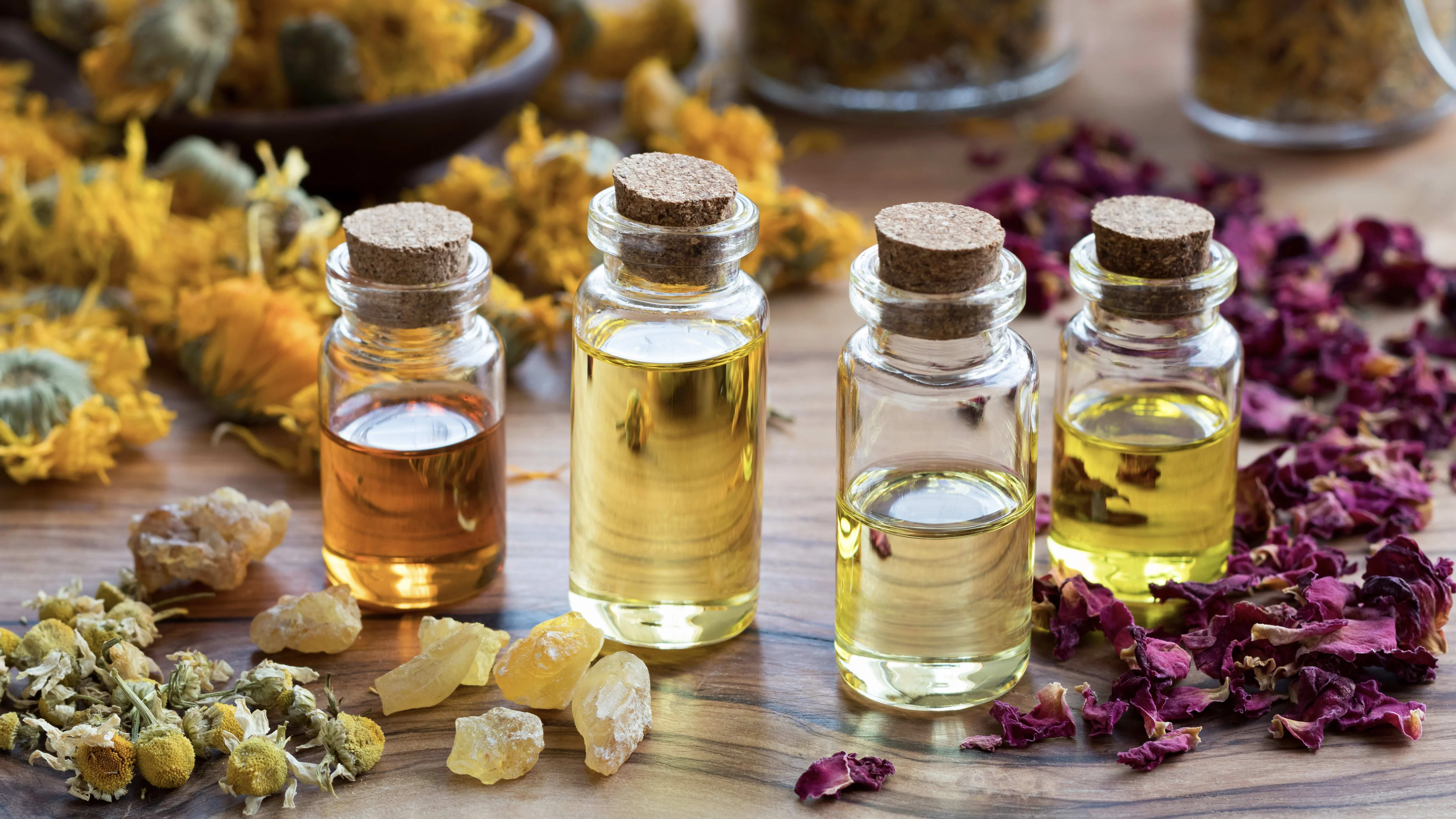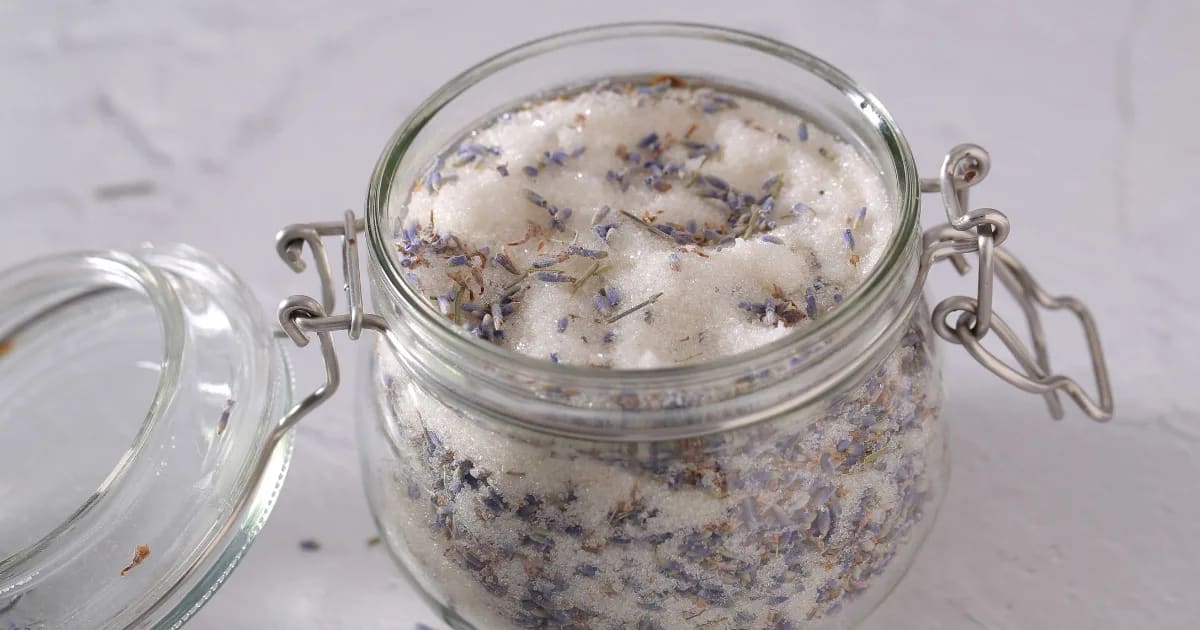Understanding Essential Oil Chemistry

Confused by these Essential Oil Chemistry Terms?
Monoterpenes, sesquiterpenes, monoterpenols . . . what are all these essential oil chemistry terms and what—if anything—do they have to do with your blending?
They’re the names of chemical families.
Chemical families are a useful organizing principle when learning about essential oil chemistry because they group individual chemical components by their structure. The concept of chemical families can help you classify chemical components, but it’s just the beginning! Every chemical component has individual therapeutic properties, so it’s important not to make broad generalizations based on family alone.
Here’s an easy-to-grasp overview of what a chemical family is and how you can use them to begin your journey into the fascinating world of essential oil chemistry and advanced blending.
Essential Oil Chemistry 101: What are Chemical Families?
Like all forms of matter, essential oils are made up of molecules. (We bet you already knew that!)
When different molecules have similar structures, scientists group them together and call them a “family.”
Like linalool and borneol. These molecules (called “components,” when we’re discussing essential oils) both have a hydroxyl group and two sets of five carbon atoms, making up 10 carbon atoms each. The atoms may be arranged differently, but scientists still put them in the same “family.” In this case, they’re both monoterpenols.
Here is a very simplified, but helpful way to think about the monoterpenol family without getting too deep into chemistry …
It would be like if you had 10 aromatherapy books on your shelf, and met another person who had the same 10 books—but arranged them differently on their shelf. You two are not exactly the same. But you do have some things in common, so you decide to form a book club! The club would be your “family.” Every chemical component found in essential oils belongs to a chemical family.
Another thing the family members typically have in common is the spelling of their names (just like real-life family members often have the same last name). Monoterpenol names all end with the suffix -ol. That’s because they’re a natural form of plant-based alcohols. The “-ol” suffix means “alcohol.”
Chemical Family Properties
When you start exploring essential oil chemistry, you might think all the molecules in a chemical family have the same therapeutic properties.
While that’s sometimes true, it’s not always true.
Let’s stick with the monoterpenols as an example. While some monoterpenol molecules have similar therapeutic effects to one another, others stand out from the crowd! Here are a few therapeutic benefits of three common monoterpenols:
linalool – calms inflammation, sedative
borneol – calms inflammation, sedative
menthol – calms inflammation, stimulating
In this case, menthol stands out as the “black sheep of the family.” Research has been done showing the other two molecules can calm the nervous system enough to help people sleep, but we haven’t seen either of them show a stimulating effect the way menthol does.
Sticking with our book club metaphor, linalool and Borneol might want to have club meetings in the evening because they like feeling relaxed and talking about aromatherapy before bed. But menthol has more energy! It wants to meet up in the morning and go for a bike ride first!
Each Essential Oil Contains Multiple Families
Every essential oil contains components from different families.
For example, the top 3 components of lavender oil (Lavandula angustifolia) are usually:
Around 25% linalool (monoterpenol)
Around 25% linalyl acetate (ester)
Around 6% (Z) β-ocimene (monoterpene)
Even when you use a single essential oil, you’re getting a variety of components and chemical families. They’re all rallying to support you!
That said, some oils contain a much higher percentage of ONE component. Here are the top 3 components in sweet orange (Citrus sinensis) oil:
Around 90% d-limonene (monoterpene)
Around 2% β-myrcene (monoterpene)
Around 0.60% α-pinene (monoterpene)
Check that out! This one essential oil gives you a huge helping of the monoterpene d-limonene! The other two components are monoterpenes as well. Sweet orange does contain small amounts of other components, but monoterpenes make up the bulk of its chemistry.
Side Note!
Every batch of essential oil that’s distilled will have a slightly unique chemistry—even if the two batches are distilled from the same species of plant. That’s because the plant is affected by factors like rainfall, temperature, and soil quality. So one batch of lavender might have 24.75% linalool, while the next season’s batch might have 28.23% linalool. It’s natural!
Blending Based on Chemistry
You can use essential oil chemistry as guidance to make advanced therapeutic blends!
Oils that contain components from the same family can work together in a beautiful harmony, creating what we call “synergy.”
Synergy:
When two essential oils work so well together, they enhance one another’s effects
If you want a blend rich in monoterpenols, choose oils that contain high percentages of those component—like lavender (Lavandula angustifolia), clary sage (Salvia sclarea), and geranium (Pelargonium × asperum)! A blend of these three oils would soothe the nervous system beautifully.
On the other hand, a blend rich in d-limonene or α-pinene from the monoterpene family might perk up your mood! It would also be an excellent choice during cold and flu season.
Another benefit of blending based on chemistry is that oils that are rich in similar chemical components often smell beautiful together!
How to Learn More About Essential Oil Chemistry
Now you know what chemical families and their components are and the role they play in essential oil chemistry! You can take what you learned in this post and apply it to your next blends.
But this post was just a quick overview. There’s so much more to know. Each chemical family is unique. And the specific components in each family deserve to be studied individually. How do you know if you’re ready to study essential oil science in depth?
Come to a FREE online event!
Learn about our popular Aromatherapy Certification Program (the ACP)!
The ACP’s research-based curriculum has earned the respect of aromatherapy professionals around the world. It meets the strict educational standards of the leading organizations in the industry (NAHA, AIA, and the IFPA). Our ACP has students and graduates from over 170 countries (and counting!), and we’d love to give you an inside look into the program! This live event will map everything out for you, so you can choose the next step in your journey.
REFERENCES
Buchbauer, G., Jäger, W., Jirovetz, L., Meyer, F., & Dietrich, H. (1992). Effects of valerian root oil, borneol, isoborneol, bornyl acetate and isobornyl acetate on the motility of laboratory animals (mice) after inhalation. Die Pharmazie, 47(8), 620.
Buchbauer, G., Jirovetz, L., Jager, W., Plank, C. and Dietrich, H. (1993) Fragrance compounds and essential oils with sedative effects upon inhalation. Journal of Pharmaceutical Sciences 82, 6, 660-664.
Craighead, D. H., & Alexander, L. M. (2016). Topical menthol increases cutaneous blood flow. Microvascular research, 107, 39–45. https://doi.org/10.1016/j.mvr.2016.04.010
Moss, M., Hewitt, S. and Moss, L. (2008) Modulation of cognitive performance and mood by aromas of peppermint and ylang ylang. International Journal of Neuroscience 118, 59-77.





